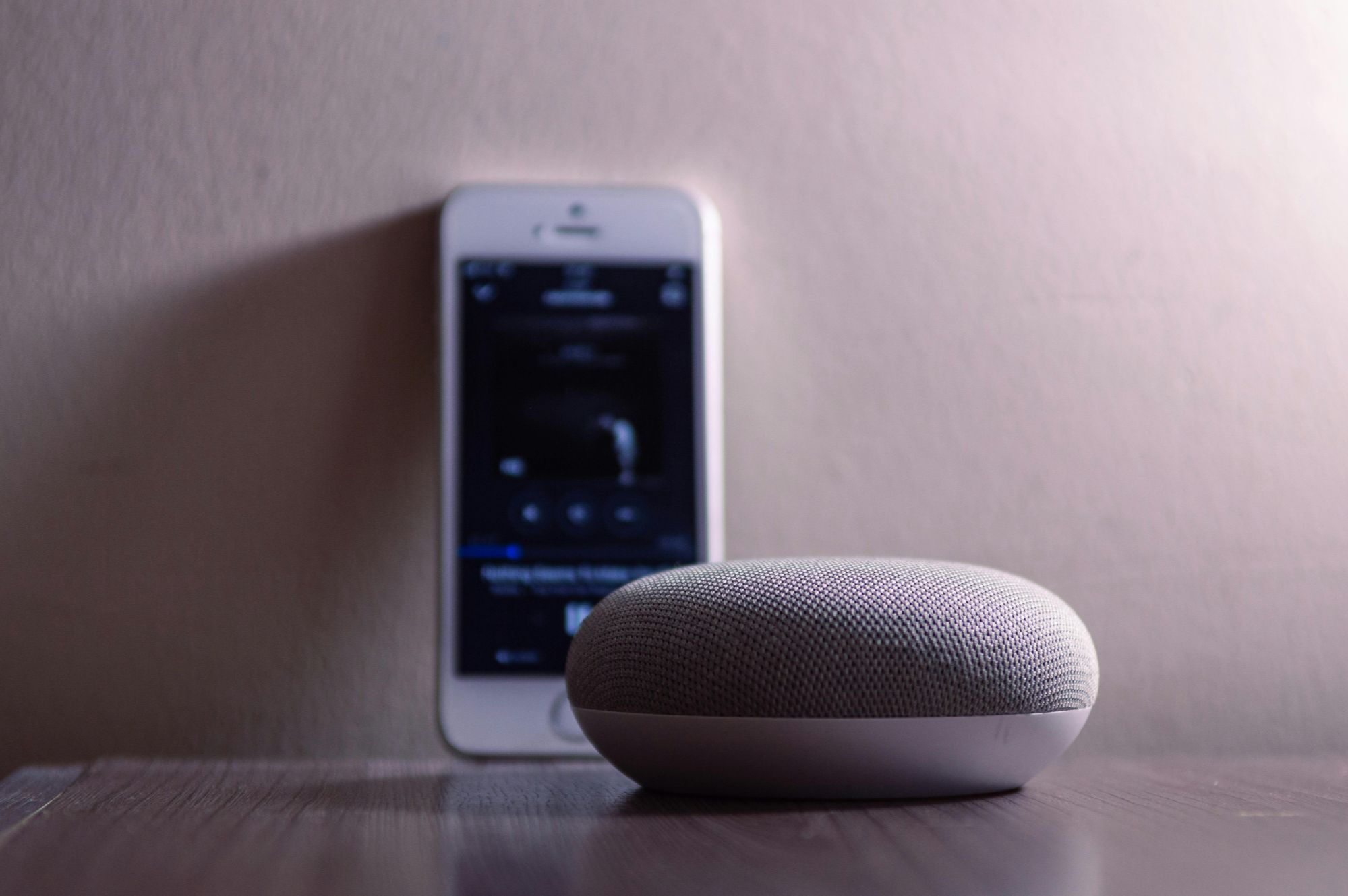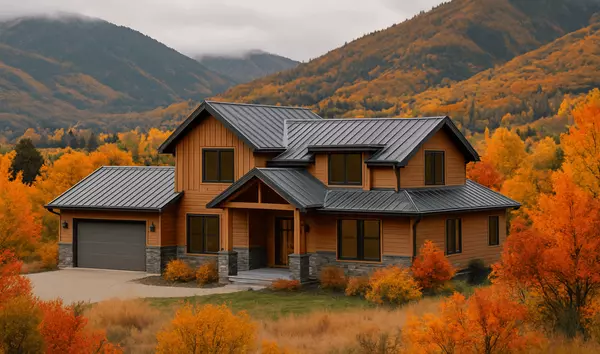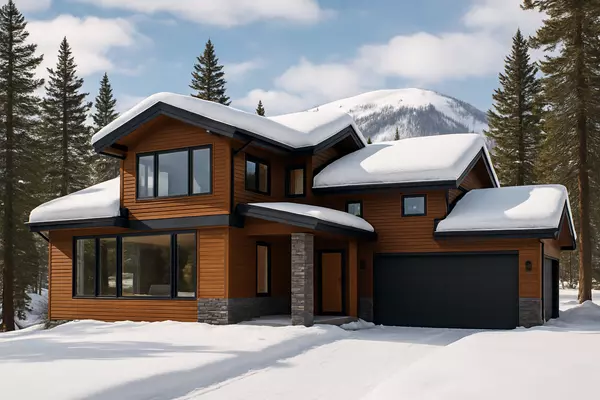Smart Home Trends to Watch in 2025: Revolutionizing the Way We Live
Smart Home Trends to Watch in 2025: Revolutionizing the Way We Live
The smart home industry is evolving at a breakneck pace, and 2025 is shaping up to be a pivotal year for innovation. From AI-driven automation to sustainable designs, smart homes are becoming more intuitive, efficient, and personalized. Here’s a look at the top trends defining the future of connected living in 2025.

1. AI-Powered Home Assistants Take Center Stage
Artificial intelligence is no longer just a buzzword—it’s the backbone of the modern smart home. In 2025, AI-powered home assistants are becoming more proactive, learning from user habits to anticipate needs. Imagine your home adjusting the thermostat, dimming lights, or even ordering groceries before you realize you need them. These systems integrate seamlessly with devices, offering natural language processing that feels like a conversation with a friend.
- What’s New: Assistants now predict routines with 90% accuracy, thanks to advanced machine learning.
- Example: A smart assistant might notice you’re working late and preheat the oven for a quick meal when you get home.
2. Energy Efficiency Through Smart Sustainability
With rising energy costs and environmental concerns, 2025’s smart homes prioritize sustainability. Smart energy management systems monitor consumption in real time, optimizing everything from solar panels to EV charging. Smart appliances, like refrigerators that adjust cooling based on usage patterns, are slashing energy bills by up to 30%.
- Key Innovation: Integration with microgrids allows homes to share excess solar energy with neighbors.
- Impact: Homes equipped with these systems can reduce carbon footprints by 25% compared to traditional setups.
3. Seamless Multi-Device Ecosystems
Gone are the days of clunky, brand-specific smart home systems. In 2025, universal protocols like Matter and Thread ensure devices from different manufacturers work together flawlessly. This interoperability means your smart lights, locks, and speakers communicate effortlessly, creating a cohesive experience.
- Why It Matters: Consumers can mix and match devices without worrying about compatibility.
- Pro Tip: Look for Matter-certified devices to future-proof your smart home setup.
4. Health and Wellness Integration
Smart homes in 2025 are doubling as health hubs. From air purifiers that monitor indoor air quality to smart mirrors offering real-time health diagnostics, technology is prioritizing well-being. Sleep-tracking mattresses adjust firmness and temperature, while smart kitchens suggest recipes based on dietary needs.
- Standout Feature: Wearable integration allows your smartwatch to sync with home systems, adjusting lighting to combat fatigue or stress.
- Stat: Studies show 68% of smart home users report improved sleep quality with health-focused devices.
5. Enhanced Security with Biometric Systems
Security is getting a high-tech upgrade in 2025. Biometric smart locks using facial recognition or fingerprint scanning are becoming standard, offering unparalleled convenience and protection. AI-powered cameras can distinguish between residents, visitors, and potential intruders, sending real-time alerts to your phone.
- What’s Next: Drones patrolling home perimeters are gaining traction in luxury markets.
- Benefit: Biometric systems reduce false alarms by 40% compared to traditional security setups.
6. Voice and Gesture Control Evolution
Voice control is evolving beyond simple commands. In 2025, gesture-based interfaces are emerging, allowing you to control devices with a wave or nod. Combined with multilingual voice assistants, these systems make smart homes more accessible to diverse households.
- Cool Factor: Smart mirrors recognize hand gestures to adjust lighting or display news.
- Accessibility Win: Gesture controls are a game-changer for users with mobility challenges.
7. Modular and Customizable Smart Furniture
Smart furniture is redefining interior design. Modular sofas with built-in charging ports, adjustable desks that sync with your calendar, and tables with integrated touchscreens are hitting the market. These pieces adapt to your lifestyle, blending aesthetics with functionality.
- Trend Alert: Furniture that doubles as IoT hubs, controlling other devices in the room.
- Why It’s Hot: Customizable designs let you upgrade tech without replacing furniture.
Conclusion: A Smarter, More Connected Future
The smart home trends of 2025 are all about integration, sustainability, and personalization. As AI gets smarter and devices become more interoperable, our homes are transforming into intuitive spaces that enhance comfort, security, and efficiency. Whether you’re upgrading a single device or building a fully connected home, these innovations are making the future of living more exciting than ever.
Ready to embrace the smart home revolution? Start small with a Matter-compatible device or go big with a full energy management system. The future is here, and it’s knocking at your smart door.
Categories
Recent Posts










GET MORE INFORMATION

Agent | License ID: 14225128-SA00

